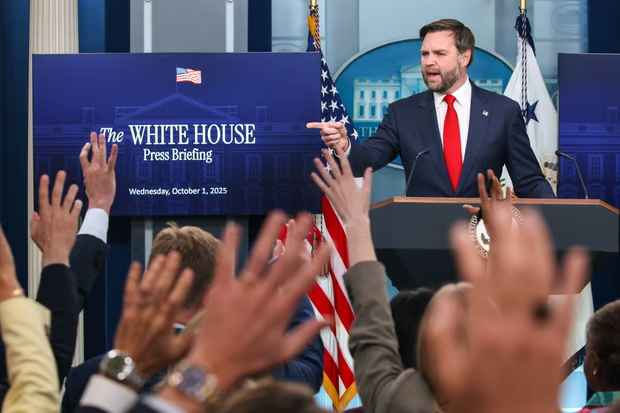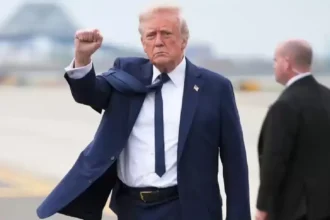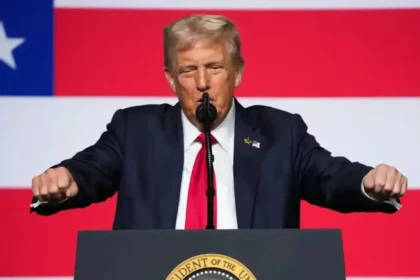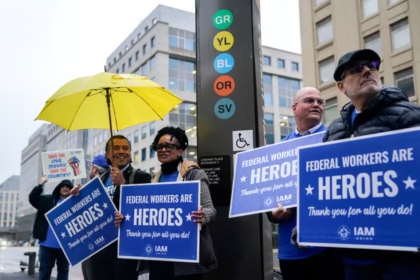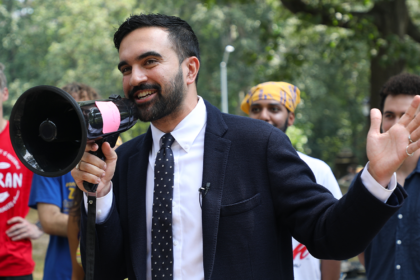As the U.S. government entered a shutdown early October 1, Vice President J.D. Vance took center stage in a high-stakes political escalation. In a rare public appearance at the White House briefing room, Vance directly tied Congress’s failure to pass funding to the potential laying off of federal employees, intensifying the pressure on Democrats to relent.
Shutdown Becomes Threat of Permanent Layoffs
When the federal clock struck midnight, departments across the country began halting operations, furloughing many nonessential workers. But unlike prior shutdowns that promised retroactive pay, this standoff carries a harsher consequence: permanent job cuts. Vance warned that if the impasse persists, agencies might be ordered to issue reduction in force notices to civil servants.
“The longer this goes on, the more we will have to take extraordinary steps,” Vance said, cautioning that “some people will be laid off if the shutdown continues.” He asserted the administration would “do what we have to do” to keep essential services operational, even amid budget paralysis.
Behind the scenes, officials reportedly instructed federal departments to begin identifying positions subject to cuts. Meanwhile, the Office of Management and Budget and cabinet departments reportedly considered scenarios that would convert furloughs into permanent terminations if no compromise is reached.
Blaming the Opposition
Vance placed full responsibility on congressional Democrats, accusing them of demanding additional health care funding for undocumented immigrants and stalling a deal. He labeled their negotiating posture “ridiculous,” asserting that their demands made reopening the government impossible.
Press Secretary Karoline Leavitt echoed Vance, claiming agencies were already mapping out cuts and that layoffs were “imminent.” She restated the administration’s narrative: Republicans had proposed a funding extension, which Democrats blocked out of political spite.
Democrats countered sharply. House Minority Leader Hakeem Jeffries accused President Trump and Republicans of engineering the shutdown intentionally to punish vulnerable states and leverage extreme demands. He argued that efforts to tie the funding debate to unrelated policy demands were transparent political theater.
Scope and Consequences
Estimates suggest up to 750,000 federal workers could be furloughed or forced to work without pay, depending on how long the shutdown endures. Essential workers—such as those in the military, border security, or public health—might be required to continue but without compensation until funding is restored.
The specter of layoffs adds urgency to an already fraught crisis. Many agencies operate on skeleton staffing during shutdowns; converting furloughs into terminations could cause long-lasting disruptions in federal services, from regulatory oversight to benefit systems and public health programs.
The stakes seem higher than previous funding impasses. Officials reportedly froze billions in infrastructure and climate funding allocations for states considered politically hostile to the administration. This tightening of resources amid partisan tension signals a more aggressive posture by the executive branch.
Legal & Political Risks
Permanent removals of employees during a shutdown may violate longstanding rules governing federal hiring and downsizing. Labor unions have already warned of litigation if the administration proceeds with mass firings. The legality of converting furloughs into terminations is untested in many respects, setting up potential court battles over the administration’s authority.
Politically, the showdown deepens polarization. Democrats remain united in demanding that any funding resolution include extensions to health care subsidies, especially for low-income Americans. Republicans deem those demands nonnegotiable and politically motivated. The messaging war has escalated, fueled by social media taunts and personal attacks.
President Trump himself has posted provocative responses to critics, amplifying tensions. Vance, in press remarks, joked about memes and political rhetoric from the opposition, signaling that the administration sees the standoff as both a fiscal struggle and broader cultural confrontation.
What Comes Next
With Congress gridlocked, attention has turned to moderate senators who might broker a compromise. The Senate is expected to reconvene, though the House remains recessed until early next week. Time is running short, and every hour without funding deepens the danger of irreversible harm to the federal workforce.
If no agreement emerges quickly, agencies could begin issuing layoff notices—transforming a shutdown into a mass termination event. The political fallout would be intense: public anger, legal suits, and institutional damage to trust in government.
Though past shutdowns ended in political retreat, this one carries new dimensions. With mass layoffs now on the table, the balance between policing federal finances and preserving core government functions is under strain. As Vice President Vance escalates rhetoric, the question becomes whether any path forward avoids widespread harm—and whether one side will break first.
In the coming days, every statement, vote, and action will carry immense weight. The country watches as partisan brinkmanship threatens not just politics, but the livelihoods of hundreds of thousands of Americans who depend on federal paychecks.


